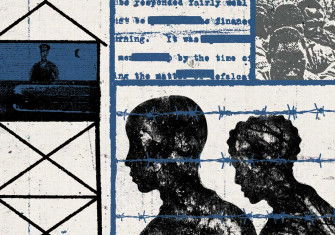An African Genocide: Rwanda, 1994
In Rwanda, Hutu turned on Tutsi and a genocide lasting 100 days began, an episode of intense violence many thought impossible in the late 20th century.

In 1994, prompted by Steven Spielberg’s Oscar- winning film Schindler’s List, the world paused and remembered the horrors of the Holocaust. At the same time another genocide was unfolding. The tiny central African country of Rwanda was torn apart by state-sponsored ethnic violence, which saw nearly one million people killed in just 100 days. Unlike the Holocaust, the killing in Rwanda did not require ghettos, death camps or gas chambers. Instead victims were murdered with machetes, clubs or grenades and often by neighbours, friends, even by relatives.







